As the new coronavirus spreads widely around the world, people’s attention to health has reached an unprecedented level. In particular, the potential threat of the new coronavirus to the lungs and other respiratory organs makes daily health monitoring particularly important. Against this background, pulse oximeter equipment is increasingly being incorporated into people’s daily lives and has become an important tool for home health monitoring.
So, do you know who the inventor of the modern pulse oximeter is?
Like many scientific advances, the modern pulse oximeter was not the brainchild of some lone genius. Starting from a primitive, painful, slow and impractical idea in the mid-1800s, and spanning more than a century, many scientists and medical engineers have continued to make technological breakthroughs in measuring blood oxygen levels, striving to Provides a rapid, portable and non-invasive pulse oximetry method.
1840 Hemoglobin, which carries oxygen molecules in blood, is discovered
In the mid to late 1800s, scientists began to understand the way the human body absorbs oxygen and distributes it throughout the body.
In 1840, Friedrich Ludwig Hunefeld, a member of the German Biochemical Society, discovered the crystal structure that carries oxygen in blood, thus sowing the seeds of modern pulse oximetry.
In 1864 Felix Hoppe-Seyler gave these magical crystal structures their own name, hemoglobin. Hope-Thaylor’s studies of hemoglobin led the Irish-British mathematician and physicist George Gabriel Stokes to study “the pigmentary reduction and oxidation of proteins in the blood.”
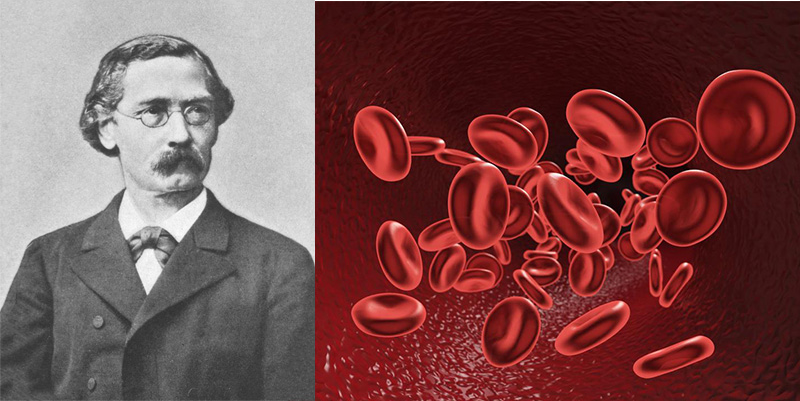
In 1864, George Gabriel Stokes and Felix Hoppe-Seyler discovered the different spectral results of oxygen-rich and oxygen-poor blood under light.
Experiments by George Gabriel Stokes and Felix Hoppe-Seyler in 1864 found spectroscopic evidence of hemoglobin binding to oxygen. They observed:
Oxygen-rich blood (oxygenated hemoglobin) appears bright cherry red under light, while oxygen-poor blood (unoxygenated hemoglobin) appears dark purple-red. The same blood sample will change color when exposed to different oxygen concentrations. Oxygen-rich blood appears bright red, while oxygen-poor blood appears deep purple-red. This color change is due to changes in the spectral absorption characteristics of hemoglobin molecules when they combine with or dissociate from oxygen. This discovery provides direct spectroscopic evidence for the oxygen-carrying function of blood and lays the scientific foundation for the combination of hemoglobin and oxygen.
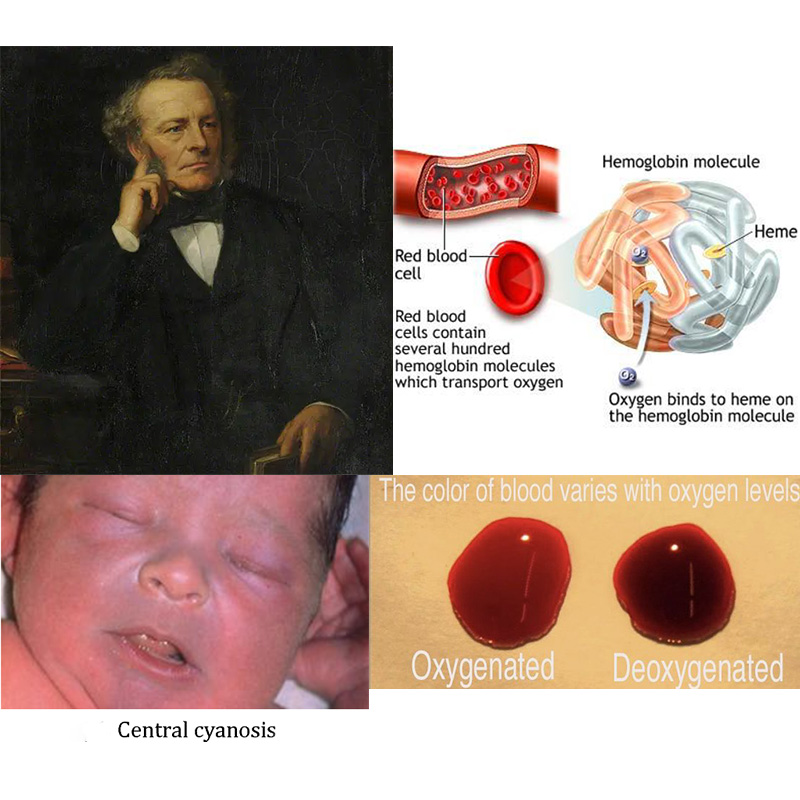
But at the time Stokes and Hope-Taylor were conducting their experiments, the only way to measure a patient’s blood oxygenation levels was still to take a blood sample and analyze it. This method is painful, invasive, and too slow to give doctors enough time to act on the information it provides. And any invasive or interventional procedure has the potential to cause infection, especially during skin incisions or needle sticks. This infection may occur locally or spread to become a systemic infection. thus leading to medical
treatment accident.
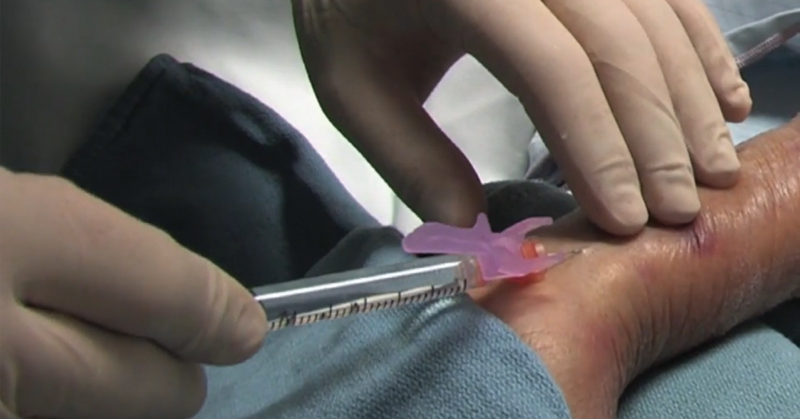
In 1935, German doctor Karl Matthes invented an oximeter that illuminated the ear-mounted blood with dual wavelengths.
German doctor Karl Matthes invented a device in 1935 that was attached to a patient’s earlobe and could easily shine into the patient’s blood. Initially, two colors of light, green and red, were used to detect the presence of oxygenated hemoglobin, but Such devices are cleverly innovative, but have limited use because they are difficult to calibrate and only provide saturation trends rather than absolute parameter results.

Inventor and physiologist Glenn Millikan creates the first portable oximeter in the 1940s
American inventor and physiologist Glenn Millikan developed a headset that became known as the first portable oximeter. He also coined the term “oximetry.”
The device was created to meet the need for a practical device for World War II pilots who sometimes flew to oxygen-starved altitudes. Millikan’s ear oximeters are primarily used in military aviation.

1948–1949: Earl Wood improves Millikan’s oximeter
Another factor that Millikan ignored in his device was the need to build up a large amount of blood in the ear.
Mayo Clinic physician Earl Wood developed an oximetry device that uses air pressure to force more blood into the ear, resulting in more accurate and reliable readings in real time. This headset was part of the Wood ear oximeter system advertised in the 1960s.

1964: Robert Shaw invented the first absolute reading ear oximeter
Robert Shaw, a surgeon in San Francisco, tried adding more wavelengths of light to the oximeter, improving on Matisse’s original detection method of using two wavelengths of light.
Shaw’s device includes eight wavelengths of light, which adds more data to the oximeter to calculate oxygenated blood levels. This device is considered the first absolute reading ear oximeter.

1970: Hewlett-Packard launches the first commercial oximeter
Shaw’s oximeter was considered expensive, bulky, and had to be wheeled from room to room in the hospital. However, it shows that the principles of pulse oximetry are well understood enough to be sold in commercial packages.
Hewlett-Packard commercialized the eight-wavelength ear oximeter in the 1970s and continues to offer pulse oximeters.

1972-1974: Takuo Aoyagi develops new principle of pulse oximeter
While researching ways to improve a device that measures arterial blood flow, Japanese engineer Takuo Aoyagi stumbled upon a discovery that had significant implications for another problem: pulse oximetry. He realized that the level of oxygenation in arterial blood could also be measured by the heart’s pulse rate.

Takuo Aoyagi introduced this principle to his employer Nihon Kohden, who later developed the oximeter OLV-5100. Introduced in 1975, the device is considered the world’s first ear oximeter based on the Aoyagi principle of pulse oximetry. The device was not a commercial success and his insights were ignored for a time. Japanese researcher Takuo Aoyagi is famous for incorporating “pulse” into pulse oximetry by using the waveform generated by arterial pulses to measure and calculate SpO2. He first reported his team’s work in 1974. He is also considered the inventor of the modern pulse oximeter.
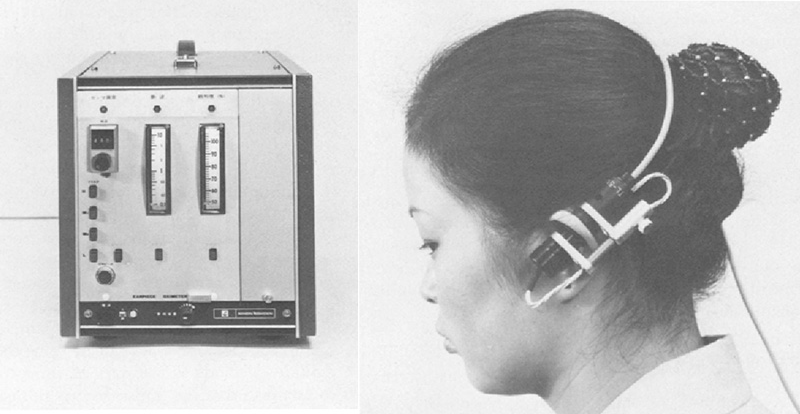
In 1977, the first fingertip pulse oximeter OXIMET Met 1471 was born.
Later, Masaichiro Konishi and Akio Yamanishi of Minolta proposed a similar idea. In 1977, Minolta launched the first fingertip pulse oximeter, the OXIMET Met 1471, which began to establish a new way of measuring pulse oximetry with fingertips.

By 1987, Aoyagi was best known as the inventor of the modern pulse oximeter. Aoyagi believes in “developing non-invasive continuous monitoring technology” for patient monitoring. Modern pulse oximeters incorporate this principle, and today’s devices are fast and painless for patients.
1983 Nellcor’s first pulse oximeter
In 1981, anesthesiologist William New and two colleagues formed a new company called Nellcor. They released their first pulse oximeter in 1983 called the Nellcor N-100. Nellcor has leveraged advances in semiconductor technology to commercialize similar fingertip oximeters. Not only is the N-100 accurate and relatively portable, it also incorporates new features in pulse oximetry technology, specifically an audible indicator that reflects pulse rate and SpO2.
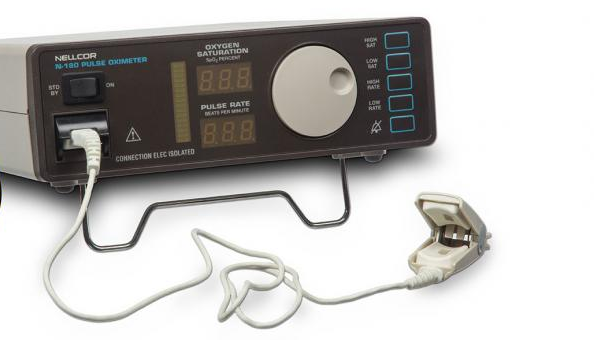
Modern miniaturized fingertip pulse oximeter
Pulse oximeters have adapted well to the many complications that can arise when trying to measure a patient’s oxygenated blood levels. They benefit greatly from the shrinking size of computer chips, allowing them to analyze light reflection and heart pulse data received in smaller packages. Digital breakthroughs also give medical engineers the opportunity to make adjustments and improvements to improve the accuracy of pulse oximeter readings.
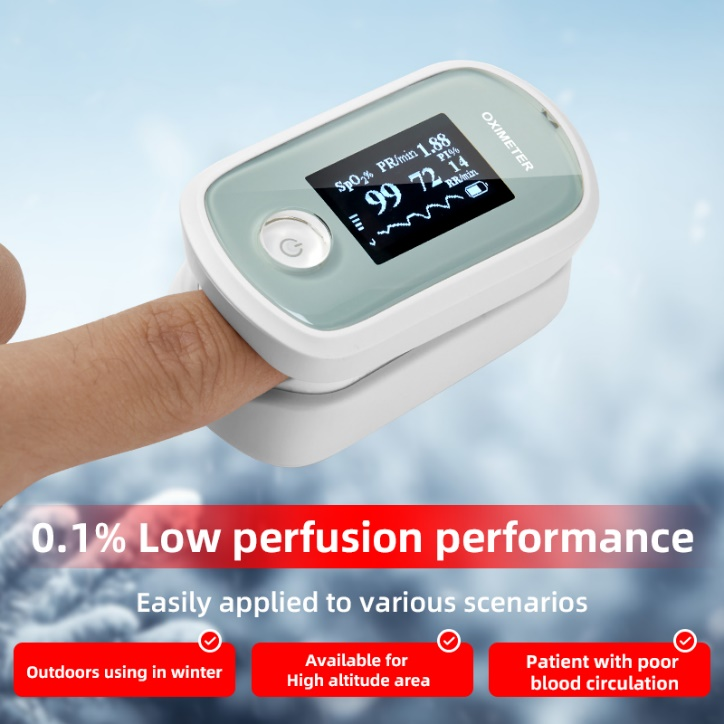
Conclusion
Health is the first wealth in life, and the pulse oximeter is the health guardian around you. Choose our pulse oximeter and put health at your fingertips! Let us pay attention to blood oxygen monitoring and protect the health of ourselves and our families!
Post time: May-13-2024








